Friday, April 5 2024
Looking through the things to do in Akron I noticed the National Museum of Psychology at the University of Akron and figured it could be interesting. Luckily, it was.
The exhibition area is quite small, as there are few large artifacts associated with psychology, but there were plenty of interactive tests and puzzles for visitors to solve as demonstrations of the sort of tools used in the research of psychology. The approach was historical, describing ideas, experiments and conclusions from 1912’s The Moron Test, which the museum notes “is no longer widely used as a measure of intelligence.” through to more recent research into practical issues such as home, housing and the psychological effects of institutional housing.
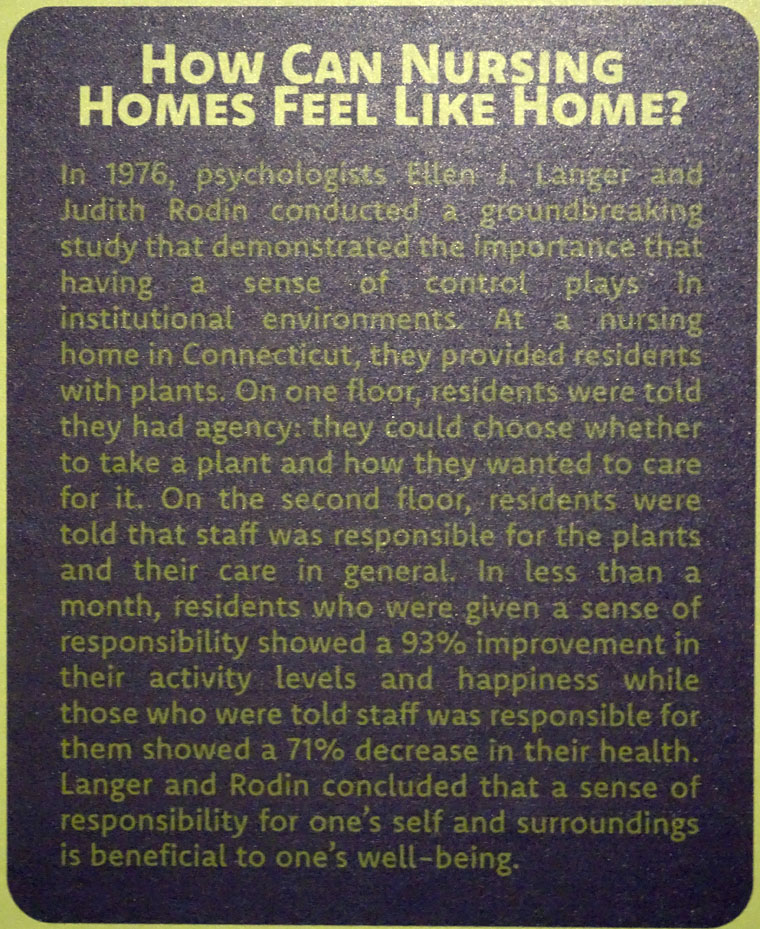
Sorry for the low quality of images in this post but much of the exhibit was textual and seemed to be designed to be difficult to photograph.
Several of the famous psychological experiments of the 20th century were described in detail and, for many, they had some of the artifacts used in the research. For example, the famous Stanford Prisoner Experiment.
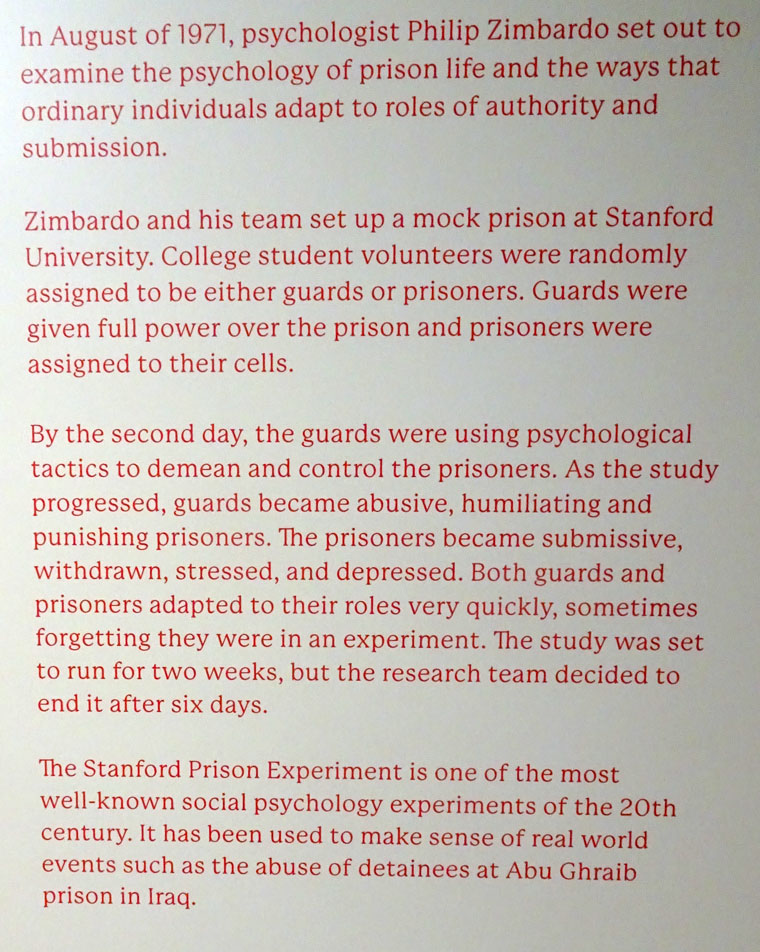
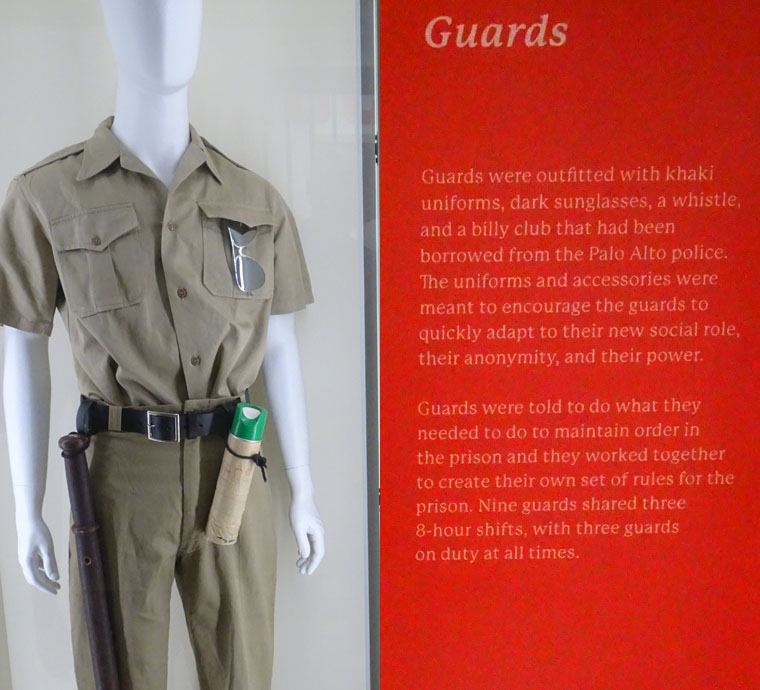
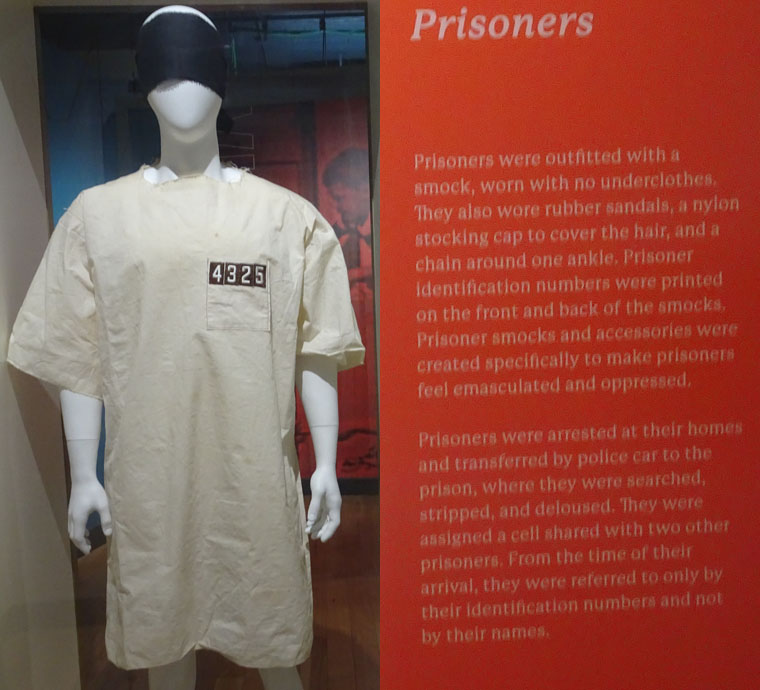
The actual clothing assigned to each role was on display.
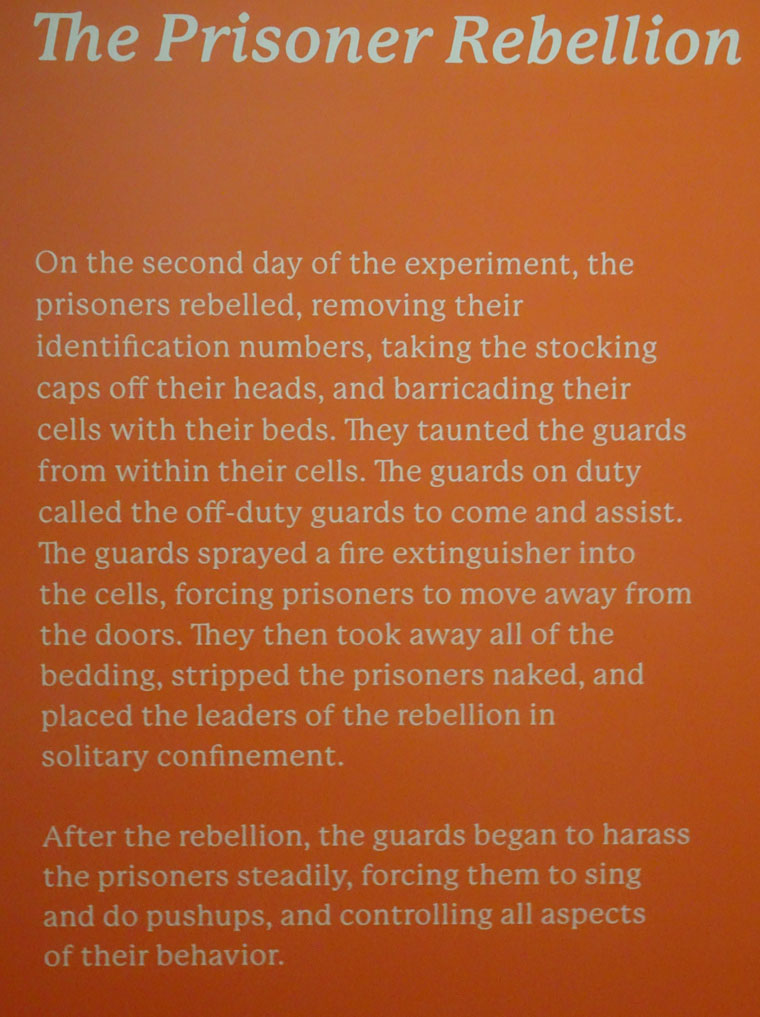
The role that people play obviously has a huge effect on how they behave.
They also discussed commonly held beliefs that they described as myths. The myths were printed on mirrors and impossible to get clean photos of so I will simply type them.
MYTH: Multitasking is an effective way of getting more done”
I tried their interactive multitasking simulation and agree with their reality. I was only 57% correct when completing three repetitive tasks simultaneously and 100% effective when doing one at a time.
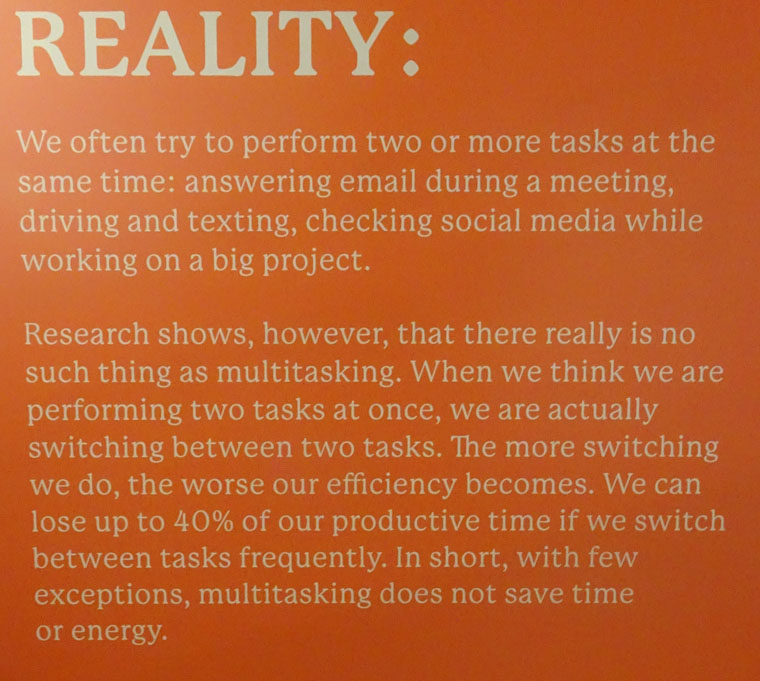
The second myth surprised me.
MYTH: Your “learning style” refers to the way that you prefer to learn. We should teach in ways that serve these individual learning styles. “Visual learners” learn better seeing graphs or images and “kinaesthetic learners” learn better by doing hands-on activities.
I retired from teaching in 2015 and that was the approach we were encouraged to use at that time but, according to the museum:
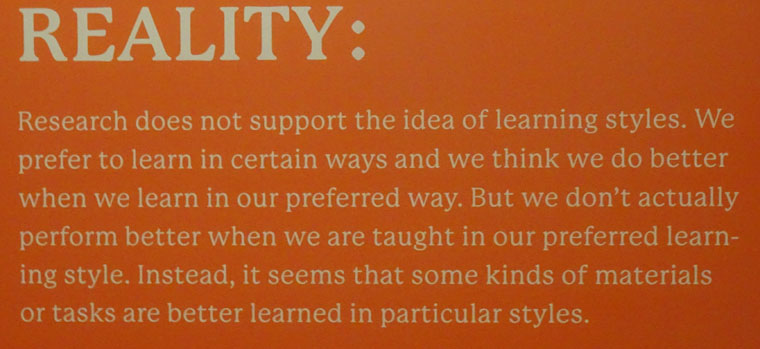
I have to admit I didn’t learn much that I did not already have a general knowledge of, but it was fun trying the challenges and seeing some of the ideas and equipment researchers have used to try to determine how we think and behave. There was very little about current research into the activity of different areas of the brain or interfacing electronics with the brain.
I then drove to Bridgeport, WV using a scenic route avoiding Pittsburgh and joined Route 50 so that I can drive another significant section of that road that runs between Sacramento, California and the Atlantic Ocean on the way home.

I too find the “learning styles” statement surprising. I retired in 2016 and the English education system would still have been encouraging a balance between styles. I would say that I’m a strongly visual learner and a weak auditory learner but Akron are saying that I don’t like listening….?
My takeaway from their “reality” is that the quality of comprehension does not depend on the learning style of the student but that the teacher should use the teaching style that is most appropriate for the content for maximum learning.